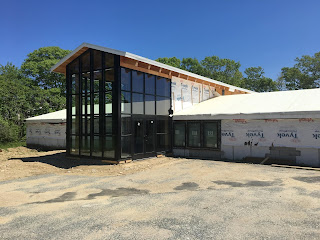Keeping It Simple: Hotel Design With Millennials in Mind

For decades, hotel design has reflected the preferences of Baby Boomers. According to the Pew Research Center, Millennials are expected to overtake Baby Boomers as the largest adult population in the United States sometime this year. As more members of this tech-savvy generation enter the workforce, their values are leading to more efficient habits and lifestyles. Based on recent trends in hotel design, the hospitality industry is following their lead. Embracing Minimalism Gone are the days of spacious closets, full baths, and large desks. Because Millennials tend to think of their rooms as just a place to sleep, hotels are cutting back on extras and introducing the small, bright, contemporary spaces they desire. Socializing Workspaces Although desks in hotel rooms have gotten smaller, workspaces have grown. More hotels are opting for larger lobbies with tables and outlets so guests can still work alone but in an open environment. To be more Instagram-ready, hotels...



